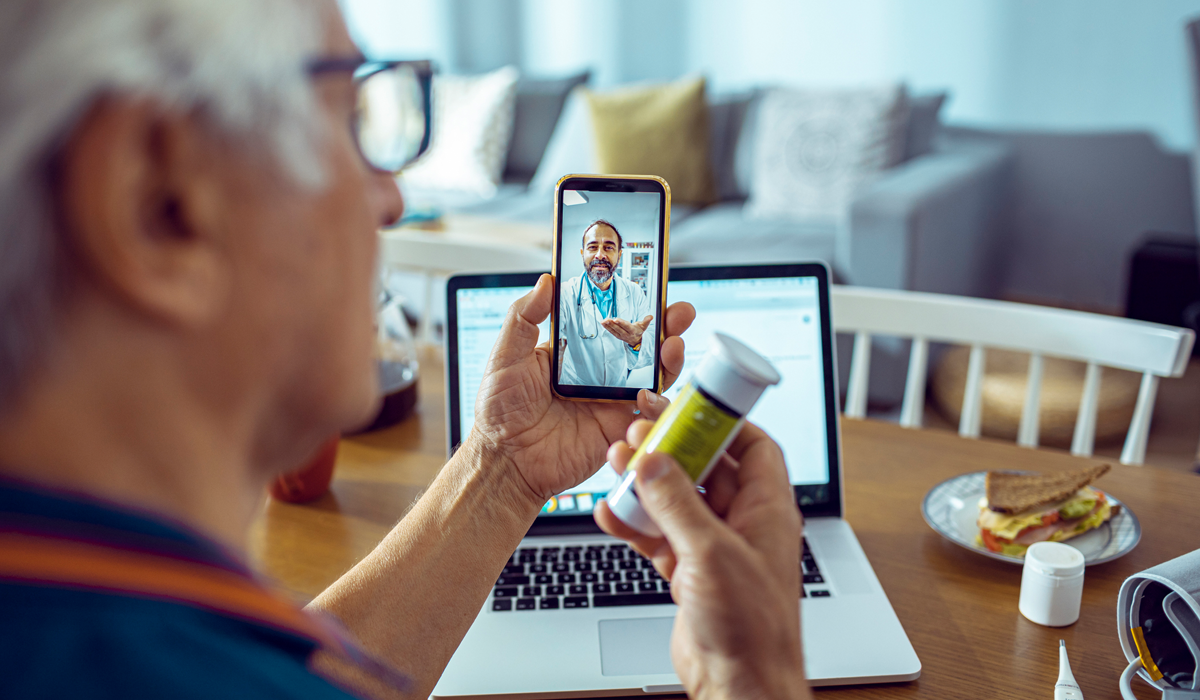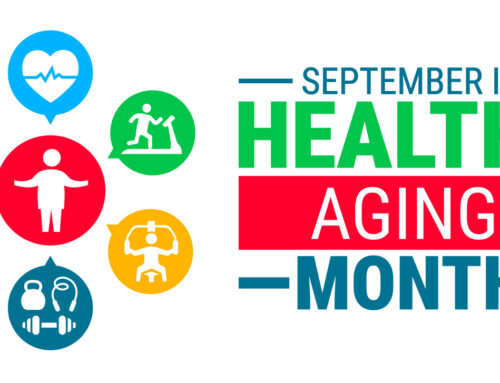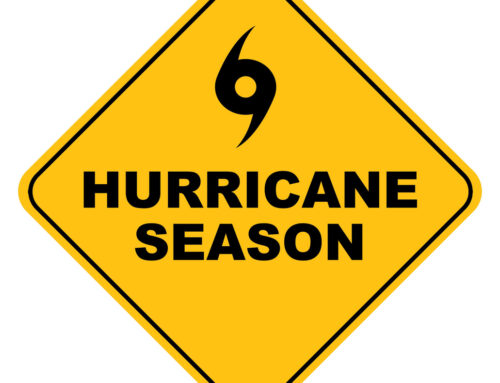Taking care of loved ones can be incredibly stressful especially when they happen to be your parents. For the majority of your life, they were your anchor and your guide and now you find that the roles have reversed. To add to the emotional complexity, there is physical distance. So, how can you possibly come up with a care plan when you don’t live in close proximity? Fortunately, technology is making remote care-giving possible. FirstLantic has put together a list of eight monitoring tools that will help you sleep more soundly knowing that your parents are safe.
- GPS trackers: Bracelets, watches, and apps can all be used to monitor a senior’s safety and monitor their activity while at home or traveling. For a list of options, click here.
- Video Chat: Zoom, Google, Facetime or Skype all enable video conferencing so you can socialize with your loved one and stay connected. There are also other options such as Oscar Senior or Claris Companion which are designed specifically for seniors and their caregivers and/or families to stay in close contact.
- Telehealth: If your parents no longer drive, telehealth can be an essential way to ensure they don’t miss Doctor’s appointments that don’t require a physical exam. Many therapists also offer virtual treatment options.
- Medication monitors: Smart Caps and bottles such as Pillsy or options like Medipense help with medication management and monitoring.
- Virtual caregivers: Addison is a 3D caregiverwith an interactive speech platform that comes with the ability to collect vitals, report emergencies, and monitor health decline.
- Remote Home Monitoring: Grand Care is a versatile technology platform which allows families to set up a comprehensive remote monitoring system in a senior loved one’s home. It can send alerts to family caregivers if something out of the ordinary occurs. Lorex Elderly Care Solutions uses a Wi-Fi security camera system to monitor remotely. The system includes a microphone and speaker, allowing you to check in and communicate with your loved ones using your smartphone. It’s compatible with smart homes, can be controlled with no hands, and offers around-the-clock monitoring.
- Smart Security Systems; Products like Ring Doorbell allow you to monitor people that are coming to the door and August Lock Wi-Fi enables remote access to lock and unlock your door from your Android or iOS devices when you’re not home.
- Wellness Monitoring – Products like Aeyesafe Monitoring Alert System is a sound and thermal monitoring system that provides current and historical data to provide body temperature analysis, sleep analysis, danger detection and abnormal behavior detection. Other products to take into consideration include Tru Sense which provides passive monitoring using a set of connected sensors that allow you to set alerts, monitor your loved one’s sleeping patterns and vehicle activity and Rest Assured offers a range of senior monitoring services that are tailored to and custom-built for each person’s needs and home.
Even with all the technology that is available, it’s still not easy to be a remote caregiver and it can be overwhelming at times. The most important thing to remember is that you aren’t alone. In fact, it’s estimated that between 5 to 7 million Americans are also struggling to provide long-distance support to family members. Fortunately, organizations such as the Family Caregivers Alliance can help connect you with support groups and other resources to ease the burden. And finally, if you need additional in-person support for your parents, there are home healthcare companies that can offer hourly services such as meal preparation, personal care, companionship, light housekeeping, medication management, and private duty nursing.
To find out more about FirstLantic Healthcare services, click here.
To read more of our blogs, click here.
 AVAILABLE 24 HOURS A DAY/7 DAYS A WEEK
AVAILABLE 24 HOURS A DAY/7 DAYS A WEEK Careers
Careers







